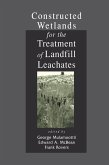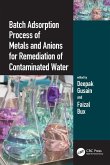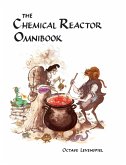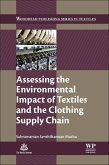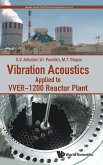Raw landfill leachate from Kulim landfill site (KLS), Pulau Burung landfill site (PBLS), and Kuala Sepetang landfill site (KSLS) was characterized in laboratory. Effectiveness of a novel powdered activated carbon (PAC) augmented sequencing batch reactor (SBR) technique for landfill leachate treatment was examined. The SBR experiments were categorized into batch and repeated processes. Batch process experiments comprised of preliminary experiments (leachate/activated sludge, PAC dosage, and settling time) which was later optimized using Response Surface Methodology (RSM). In repeated experiments, optimized operational parameters from batch experiments were applied in non-powdered activated carbon-SBR (NPAC-SBR, 5 phases), powdered activated carbon-SBR (PAC-SBR, 5 phases), and double-react settle-SBR (DRS-SBR, 7 phases), for treatment of raw leachate collected from KLS and PBLS. In general, the DRS-SBR that was operated in seven phases (fill, react I, settle I, react II, settle II,draw, and idle) yielded better results than did the conventional five-phase (fill, react, settle, draw, and idle) SBRs. Finally , PAC was improved SBR performance.
Bitte wählen Sie Ihr Anliegen aus.
Rechnungen
Retourenschein anfordern
Bestellstatus
Storno


